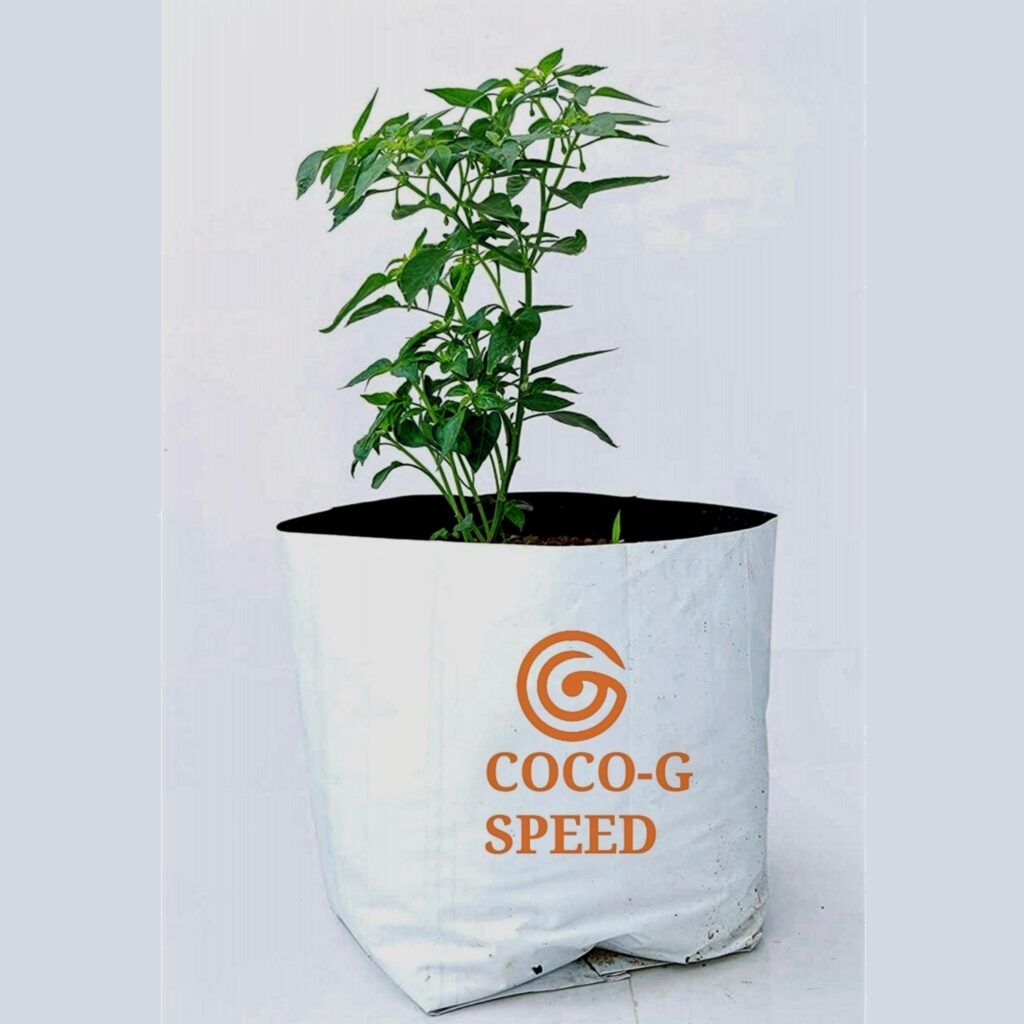COCO-G Coco Peat/ Coir Pith Production
Coconut Husk: The Source of Coco Coir
Coco coir is a valuable byproduct extracted from the protective husk of mature coconuts. After harvesting, the coconut husks are soaked in water to soften them, initiating the coco peat/coir pith production process. Throughout the production process, rigorous quality checks are conducted to ensure the final coco products meet the highest standards of quality.
Fiber Buster: Separating Coco Coir Components
The coconut husk is processed using a fiber buster to separate the coir pith from the coco fiber. After extraction, both materials are dried and compressed into blocks, discs, pots, or bagged as loose mulch. While coco fiber finds applications in floor mats, brushes, and mattresses, coco peat/coir pith is a valuable soil conditioner and widely used as a soilless growing medium in agriculture and horticulture.
Washing for Low Conductivity
To ensure a low conductivity in our coco coir substrate, coco peat blocks, coir pith grow bags, and coco peat bricks, the coCO PEAT is thoroughly washed with fresh water and neutralized to achieve the desired EC level. After washing, the coir pith is allowed to dry completely.
Quality Assurance Testing
To ensure product quality, our coco peat products undergo rigorous testing for moisture content, EC level (electrical conductivity), and pH. These tests guarantee that our products meet the required specifications. Our manufacturing processes adhere to strict quality control standards at every stage.
Drying Processes
Wet COCO PEAT/coir pith is dried using two methods:
- Sun Drying: The coCO PEAT is spread out in a cement yard for natural sun drying. This process is carefully monitored to prevent contamination from weeds, pathogens, or foreign particles.
- Hot Air Drying: For faster and more controlled drying, the coCO PEAT is also processed in hot air drying machines.
Once the coCO PEAT reaches the desired moisture level, it undergoes further testing to ensure quality.
Testing: Ensuring Moisture Content
After the drying process, the moisture content of the coCO PEAT is carefully measured to ensure it meets the required specifications. Once the moisture content is deemed acceptable, the coCO PEAT proceeds to the cleaning phase.
Cleaning and Sieving: Removing Impurities
To ensure a pure and high-quality product, the coco coir pith is carefully cleaned to remove any remaining long fibers, foreign particles, sand, weeds, mud, stones, or other impurities. After cleaning, the dried pith material is dried again to remove any residual moisture.
Quality Control Testing
To ensure the highest quality, the cleaned coir pith undergoes rigorous testing for impurities, electrical conductivity, and moisture content. Once these tests are passed by our quality control team, the pith is grouped based on its density.
CompressiON
To meet customer-specific needs, we carefully blend coco PEAT, fibers, and chips. The resulting mixture is then compressed into various formats, including 5kg blocks, 650gm briquettes/bricks, grow bags, or loose chips.
Testing
Compressed blocks undergo rigorous quality control checks, including random testing for moisture and impurity levels. Each block is carefully inspected to ensure accurate weight before proceeding to the packaging stage.
Packaging and Quality Control
The final coco peat products are packaged according to customer specifications and undergo frequent quality checks to ensure compliance with packaging requirements. Coco peat blocks are typically packaged on pallets or loaded directly onto the floor, depending on customer preferences.

